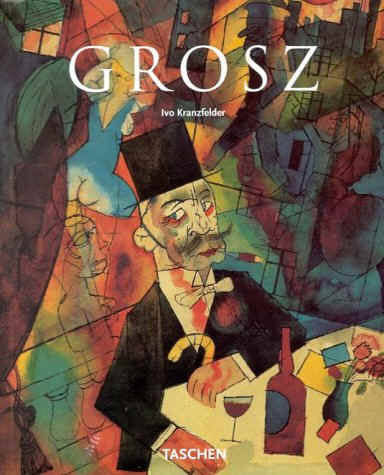Jonathan
Jones, journalist in theguardian.com proposes
a thesis that places George Grosz’s dada drawing as a breaking part in the history
of Art helped by the First World War. We all know about the influences of the
war in the vast spectrum of artist, movements and of course, the source of the vanguards.
But, while the historic vanguards were doing a relevant change in the way in
how art look to itself, creating many new theories, studying structures and
imaginaries, the Grozs’s dada works dealt with the form of representing the war
process.
Jones write
about how the horrors of war impact the context of art, how artists take
political decisions in their pieces and, in general, about the change of
speech. He takes a particular moment in Grosz work to explain his point, when
Grosz exhibited at the Richard Nagy Gallery.
This
exhibition showed, by the oil painting, how the war changed not just the view
of the cities that destroyed the sunken in misery countries, the millions of
death, etc. But also the energy moved to the canvas. We can be agreed or not
with that thinking, personally I believe that there are so many art’s
manifestations before Grosz who takes that topic and that revealed the same
things before too.

